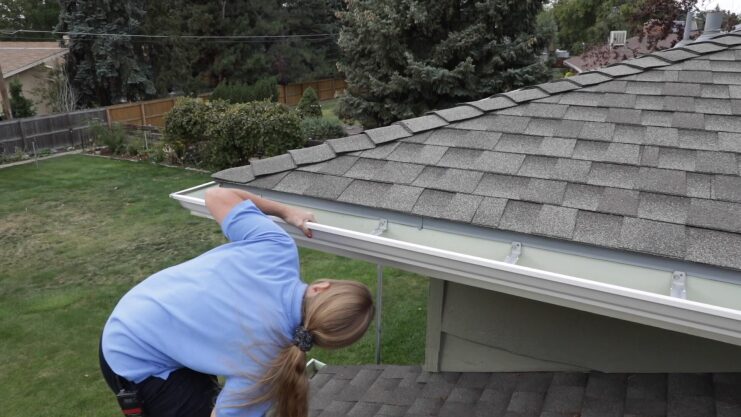Regular roof inspections are essential for maintaining the integrity of your home. By identifying potential problems early, you can save money and prevent extensive damage.
Over time, exposure to weather can cause significant wear and tear. Regular inspections help in detecting issues such as leaks, damaged shingles, and structural weaknesses.
How Often to Deal With This?
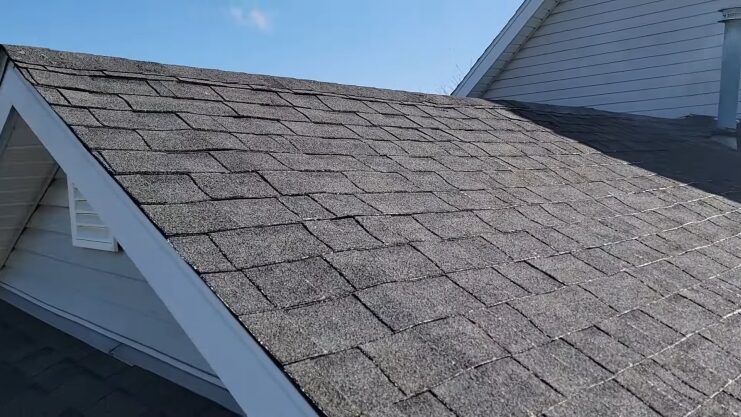
Aim to inspect your roof twice a year, during the spring and fall. These periods offer moderate weather conditions, making it safer and easier to carry out the inspection.
Additionally, it’s important to check your roof after severe weather events such as storms, heavy rains, or snowfalls. This ensures any immediate damage is promptly addressed.
Ideal Schedule
- Spring: Post-winter checks to identify any damage caused by snow and ice.
- Fall: Preparation for winter, ensuring the roof is in good shape to handle harsh conditions.
- Post-Storm: Assessing damage after severe weather to make necessary repairs.
Tools and Safety Gear You Will Need
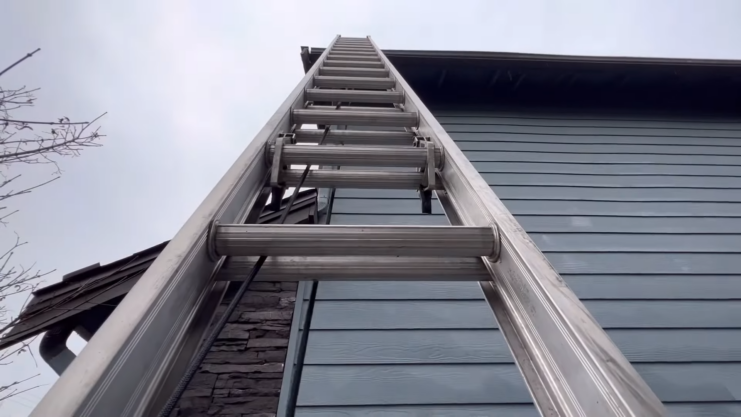
Before you begin, gather the necessary tools and safety gear. Essential items include:
- Sturdy ladder
- Work gloves
- Flashlight
- Binoculars
- Notebook
Wear non-slip shoes and a hard hat. If you plan to climb onto the roof, use a safety harness. Safety should always be your top priority. If you feel unsafe or unsure, hire a professional.
Ground-Level Inspection
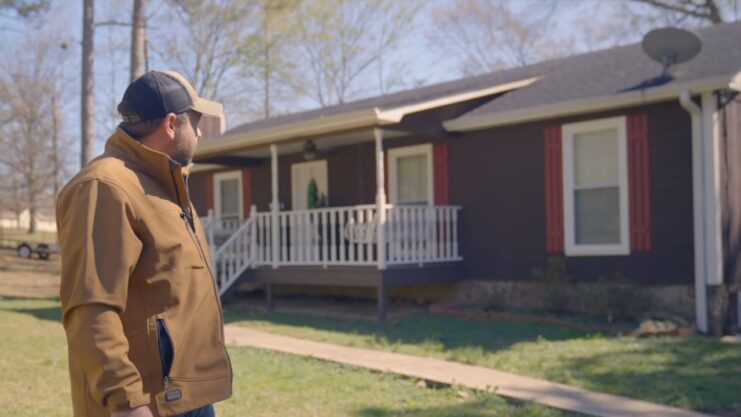
Start by inspecting your roof from the ground. Use binoculars to get a closer look. Look for missing, cracked, or curled shingles.
Pay attention to the edges and valleys of the roof, as these areas are prone to damage. Check for signs of algae, moss, or lichen growth, which can indicate moisture problems.
Shingles
Shingles are the first line of defense against the elements. Examine them closely.
- Missing shingles expose your roof to water damage.
- Cracked or curling shingles can lead to leaks.
- Dark patches on shingles suggest granule loss, indicating they need replacement.
Promptly replace any damaged or missing shingles to prevent further issues.
Flashing and Seals
Flashing covers joints and seams on your roof, such as around chimneys, vents, and skylights. Inspect the flashing to ensure it is secure and free from rust or damage.
Damaged flashing allows water to seep into your home. Check seals around roof penetrations to ensure they are intact and not cracked or worn.
Cleaning Gutters and Downspouts
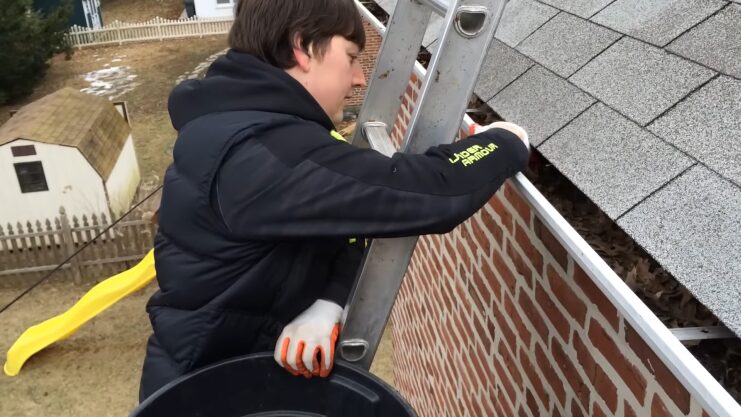
Gutters and downspouts are crucial for directing water away from your home. Ensure they are free from debris and blockages.
Blocked gutters cause water overflow, damaging your roof and foundation. Inspect for signs of rust or damage. Ensure downspouts direct water away from your home’s foundation.
Installing gutter guards helps keep debris out, reducing the frequency of gutter cleaning and preventing blockages. This simple addition can save you time and help maintain the health of your roof.
Roof Ventilation
Proper roof ventilation prevents moisture buildup and extends your roof’s lifespan. Inspect vents to ensure they are unobstructed.
Blocked vents lead to heat and moisture buildup, causing damage. Adequate ventilation helps regulate temperature, preventing ice dams in winter and reducing cooling costs in summer.
Good ventilation not only preserves your roof but also improves your home’s energy efficiency. It helps maintain a consistent indoor temperature and reduces the strain on your HVAC system.
Inspecting the Attic for Signs of Trouble
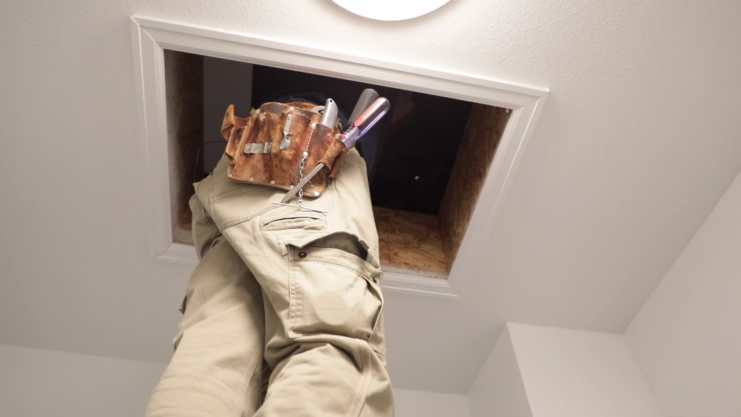
A thorough roof inspection includes checking your attic for signs of water damage or leaks. Look for water stains on the ceiling or walls.
Check for damp insulation, which indicates a leak. Proper attic ventilation prevents moisture buildup and reduces the risk of mold growth.
Ensuring your attic is well-ventilated helps maintain the health of your roof. Just follow these steps to not miss anything:
- Look for Water Stains: Check the attic ceiling and walls for dark or discolored spots.
- Check Insulation: Feel for dampness in the insulation.
- Inspect Ventilation: Ensure vents are clear and unobstructed.
- Smell for Mold: A musty odor can indicate mold growth due to moisture.
When to Call a Professional?
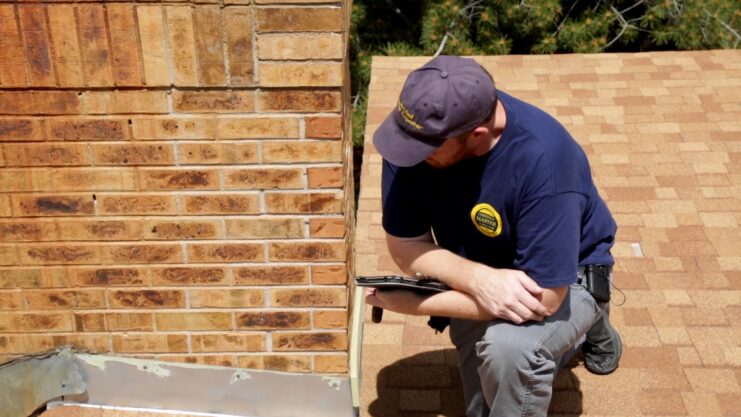
While regular self-inspections are important, hiring a professional for a thorough evaluation is wise. Roofing professionals have the expertise to identify hidden problems.
Schedule a professional inspection every few years or after severe weather events. They can offer maintenance tips and recommend necessary repairs, ensuring your roof remains in optimal condition.
A professional inspection typically includes:
- Detailed examination of shingles, flashing, and seals.
- Comprehensive attic inspection.
- Recommendations for repairs and maintenance.
- An estimate of the roof’s remaining lifespan.
Conclusion
Regular roof inspections are essential for keeping your home safe and in good condition. By checking your roof twice a year, especially after severe weather, you can identify and fix small problems before they turn into costly repairs.
Make sure you have the right tools and prioritize safety. If you’re ever unsure, it’s a good idea to hire a professional. Taking care of your roof means taking care of your home, giving you peace of mind, and protecting your investment for the long term.
